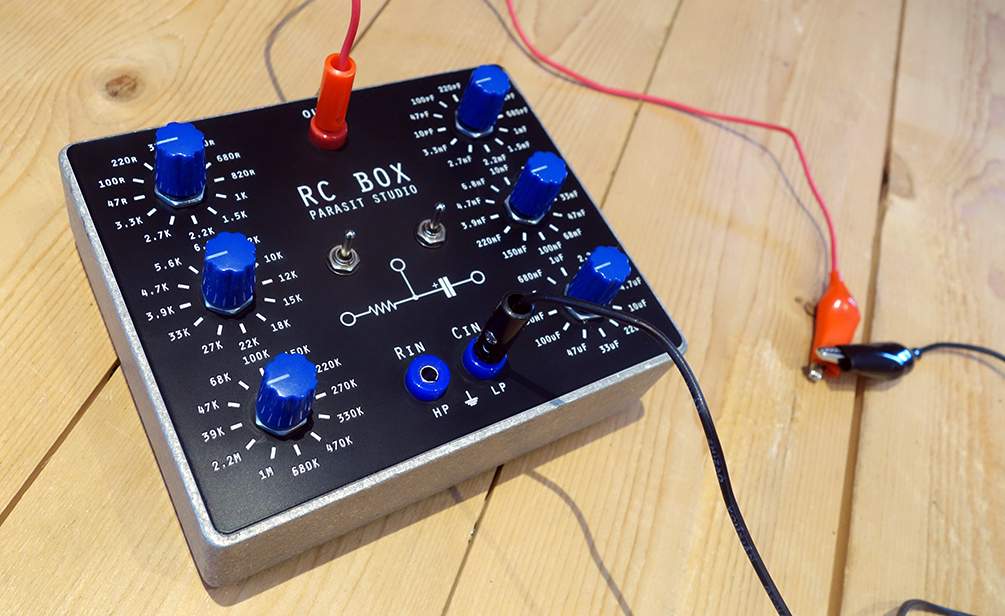Bricksnbeatles
Member known well
Anyone else make decade boxes for variable parts substitution?
I’ve got parts on the way to make a 7-decade 2W resistance substitution box, and I’m still deciding on what max voltage rating and what decades I should do for my capacitance substitution box. I could do up to 7 decades for that as well— just need to figure if it makes more sense to do x1pF-x1μF (total range of 1pF-10μF) or x10pF-x10μF (total range of 10pF-100μF). I’m thinking the former since the upper μF range is typically just used for power filtering and other applications where you won’t really have a reason to test different values, and also for size reasons since those caps get pretty large and expensive when you increase the voltage rating.
I’m guessing I’ll have to fold my own enclosures for these things— time to build a hand brake?
Anyway, any of you build your own substitution boxes? Let’s see em! Or do you have a cool old one that you didn’t build? Let’s see those too!
I’ve got parts on the way to make a 7-decade 2W resistance substitution box, and I’m still deciding on what max voltage rating and what decades I should do for my capacitance substitution box. I could do up to 7 decades for that as well— just need to figure if it makes more sense to do x1pF-x1μF (total range of 1pF-10μF) or x10pF-x10μF (total range of 10pF-100μF). I’m thinking the former since the upper μF range is typically just used for power filtering and other applications where you won’t really have a reason to test different values, and also for size reasons since those caps get pretty large and expensive when you increase the voltage rating.
I’m guessing I’ll have to fold my own enclosures for these things— time to build a hand brake?
Anyway, any of you build your own substitution boxes? Let’s see em! Or do you have a cool old one that you didn’t build? Let’s see those too!



